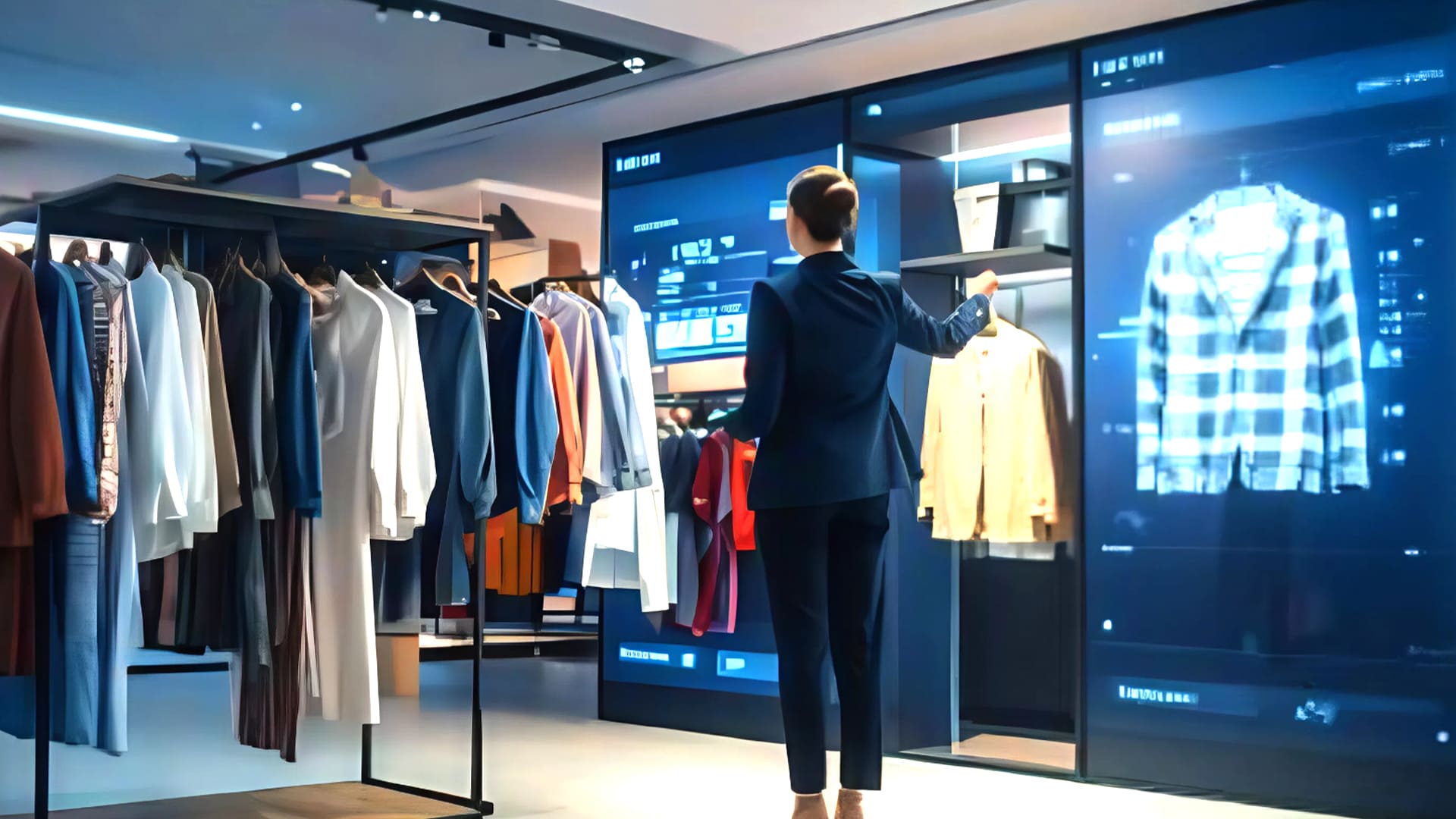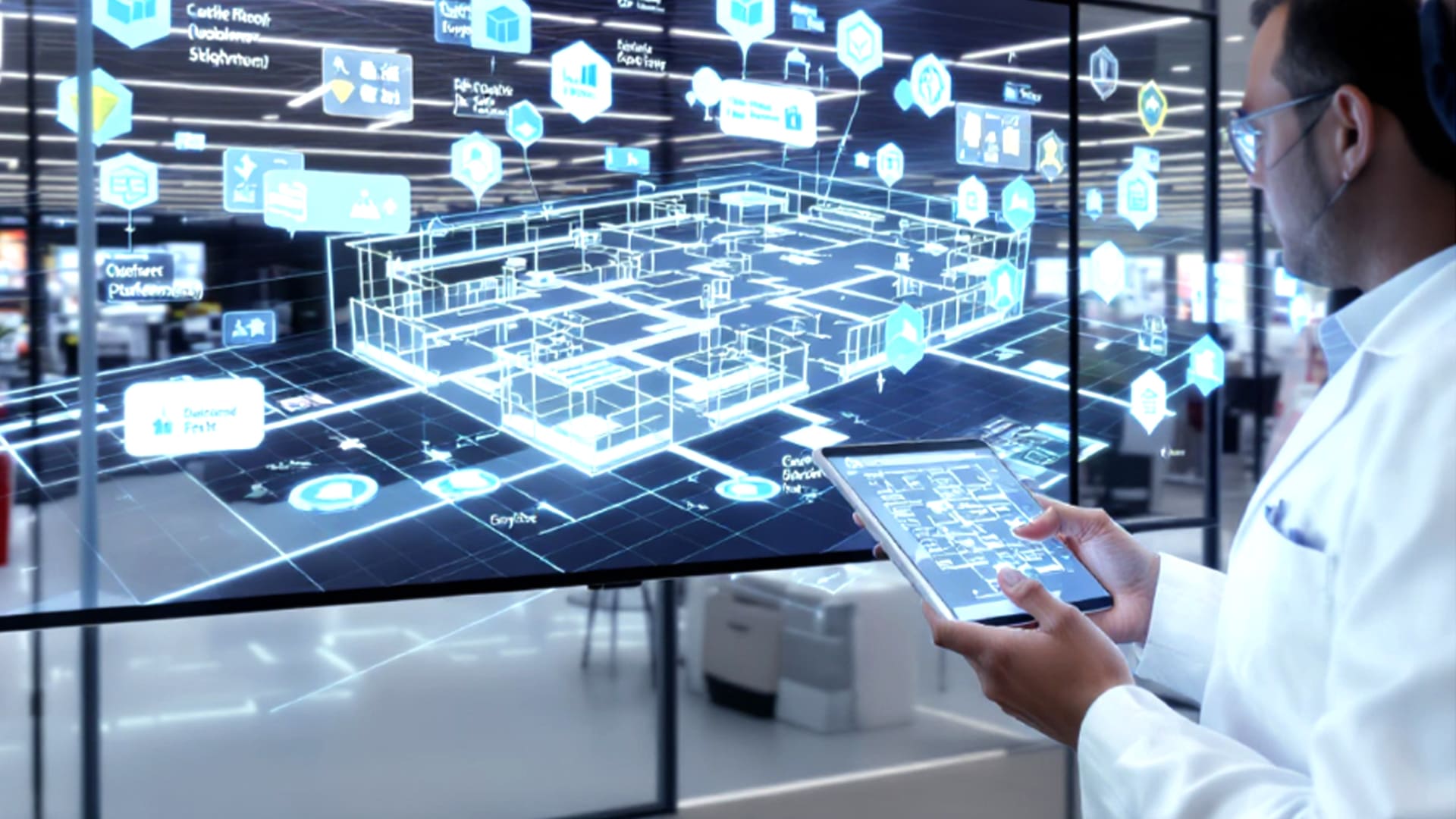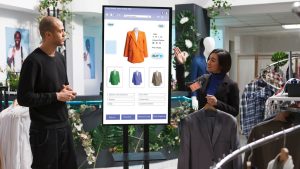The retail landscape is experiencing a fundamental transformation as artificial intelligence meets audiovisual technology. Traditional brick-and-mortar stores are no longer competing solely on product selection or pricing—they’re reimagining the entire shopping experience through intelligent AV systems that respond, adapt, and learn from every customer interaction.
This convergence represents more than technological advancement; it’s a complete paradigm shift from passive retail environments to dynamic, data-driven ecosystems. Modern stores are becoming intelligent spaces that observe customer behavior, interpret preferences in real-time, and deliver personalized experiences at unprecedented scale.
The days of one-size-fits-all retail experiences are rapidly fading into history. Today’s consumers enter stores expecting personalized interactions, instant access to information, and seamless integration between their digital and physical shopping journeys. Meeting these elevated expectations requires more than traditional retail strategies—it demands a complete reimagining of how stores operate, communicate, and connect with customers.
Enter the revolutionary convergence of artificial intelligence and audiovisual technology, where smart systems transform ordinary retail spaces into responsive, learning environments. This isn’t simply about installing more screens or upgrading security cameras; it’s about creating intelligent ecosystems that observe, interpret, and adapt to human behaviour in real-time. Modern AV professionals are at the forefront of this transformation, deploying sophisticated solutions that blur the lines between digital innovation and physical retail experiences.
From interactive displays that recognize individual customers to analytics platforms that decode shopping patterns, AI-powered AV systems are rewriting the rules of retail engagement. These technologies don’t just capture attention—they create meaningful connections, drive purchasing decisions, and generate actionable insights that transform how retailers understand and serve their customers.
Beyond Static Displays
The evolution from traditional static signage to AI-powered dynamic displays marks a revolutionary leap in retail communication. These intelligent systems leverage advanced facial recognition and demographic analysis to create personalized content delivery that responds instantly to who’s viewing the display.
When a young professional approaches a fashion display, the system recognizes demographic indicators and presents trending styles relevant to their age group and preferences. Meanwhile, families browsing nearby receive targeted promotions for household essentials or children’s products. This level of real-time personalization transforms casual browsers into engaged customers while dramatically improving advertising effectiveness and return on investment.
The technology extends beyond individual displays to create orchestrated experiences across entire retail environments. In large department stores and shopping centers, interconnected signage systems coordinate content delivery based on real-time demographic mapping, ensuring consistent and relevant messaging throughout the customer journey.
Decoding Customer Behavior
While personalized signage captures attention, AI-powered analytics systems provide retailers with unprecedented insights into customer behavior patterns. Advanced AV integration combining high-resolution cameras, sophisticated microphone arrays, and edge-AI processors creates comprehensive behavioral mapping without compromising privacy.
These systems track customer movement patterns, measure engagement time with specific products, and analyze emotional responses through subtle facial expression recognition. The resulting data reveals insights far beyond traditional point-of-sale analytics, showing retailers which areas generate the most interest, how customers navigate the space, and what triggers purchasing decisions.
Real-time visualization dashboards transform this behavioural data into actionable intelligence. Store managers can optimize product placement, adjust staffing levels during peak periods, and redesign layouts to improve traffic flow and conversion rates. The system’s ability to correlate physical behavior with external factors like weather patterns, time of day, or ongoing promotions reveals trends that manual observation would never detect.
Conversational AV
Today’s consumers expect immediate access to information and assistance, driving the evolution of AI-enabled interactive AV systems. Smart kiosks, interactive video walls, and voice-activated assistants are revolutionizing customer service delivery through rich audiovisual experiences.
These conversational platforms handle product inquiries, guide customers through available inventory, and provide virtual try-on experiences through immersive 3D visuals and augmented reality overlays. Natural language processing capabilities enable these systems to communicate in multiple languages and dialects, ensuring inclusive experiences for diverse customer bases.
The automation of routine inquiries and basic assistance allows human staff to focus on complex customer needs and high-value interactions, improving overall service quality while reducing operational costs.
Intelligent Security
AI-powered AV integration is transforming retail security from reactive monitoring to proactive protection. Advanced surveillance systems analyze behavior patterns in real-time, identifying suspicious activities and triggering appropriate responses before incidents occur.
These intelligent security platforms can distinguish between employees and customers, monitor compliance with store policies, and detect anomalies such as abandoned items or unusual traffic patterns. The systems provide automated alerts for security personnel while maintaining customer privacy through sophisticated data processing that focuses on behavioural patterns rather than individual identification.
Enhanced security capabilities not only reduce inventory shrinkage but also create safer environments for customers and staff, building trust and confidence in the retail brand.
Unified Experiences
The integration of AI-powered AV technology serves as the crucial bridge between digital and physical retail channels. Interactive displays can access customer app activity and online shopping history, creating seamless transitions from digital browsing to in-store experiences.
Smart signage systems recognize returning customers through mobile device integration, displaying personalized greetings and recommendations based on previous online interactions. QR codes and NFC technology enable instant connections between physical displays and digital platforms, allowing customers to save items, access detailed specifications, or complete purchases through their preferred channel.
This omnichannel integration ensures consistent brand messaging and customer experience across all touchpoints, meeting modern consumers’ expectations for seamless shopping journeys.
Key Considerations
Successful deployment of AI-driven AV systems requires careful consideration of multiple factors that can impact both effectiveness and compliance. Privacy regulations such as GDPR (General Data Protection Regulation) and India’s Data Protection Act must guide the implementation of facial recognition and behavioural tracking technologies, ensuring customer trust while maximizing system capabilities.
Infrastructure requirements including adequate bandwidth, power supply, and processing capabilities are essential for real-time data analysis and content delivery. The technology must integrate seamlessly with existing retail systems including point-of-sale, customer relationship management, and enterprise resource planning platforms to provide unified insights and functionality.
Building the right vendor ecosystem through partnerships with AV specialists, AI developers, and retail strategists ensures smooth deployment and optimal return on investment. These collaborations provide the technical expertise and industry knowledge necessary for successful implementation.
The Future
The next evolution in AI-powered retail AV will shift from reactive systems to predictive intelligence platforms. Future stores will anticipate customer needs based on historical data, seasonal trends, and real-time behavioural analysis, preparing personalized content, optimizing staff deployment, and adjusting inventory before customers arrive.
This predictive retail model creates closed-loop intelligence networks where AV systems continuously gather data, analyze patterns, and refine operations. Stores will function as adaptive organisms that sense environmental changes, respond to customer needs, and evolve continuously to deliver exceptional experiences.
The convergence of artificial intelligence and audiovisual technology is not just changing how retailers operate—it’s redefining what shopping can become. As these systems mature and predictive capabilities advance, the retail environment will transform into an intelligent ecosystem that anticipates, adapts, and delivers personalized experiences that were once impossible to imagine.





